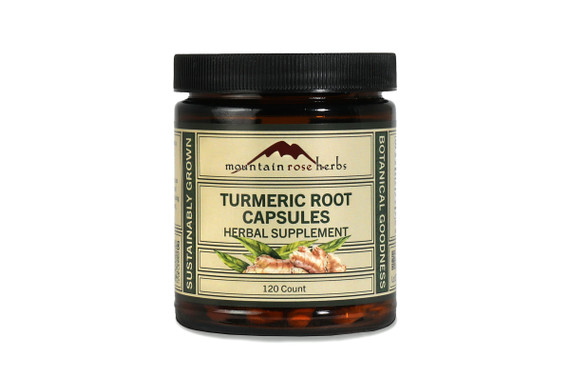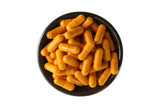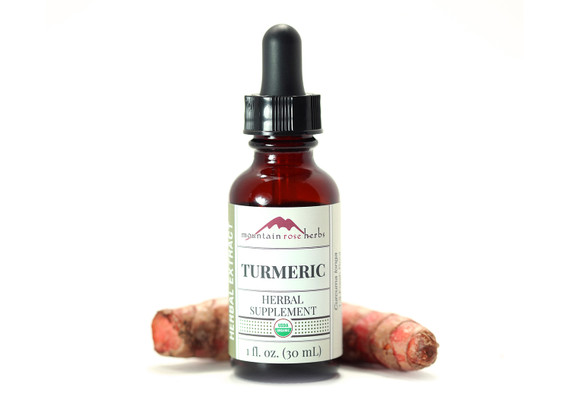Curcuma longa is a perennial, rhizomatous plant in the ginger family that is native to India and southeast Asia. Known for its bright orange-yellow color, turmeric root is employed as both an earthy spice as well as a dye. For thousands of years, turmeric root has been used in Ayurveda for its healthful properties. Our organic turmeric can be used to flavor foods like curries and rice dishes or beverages like golden milk and turmeric chai.
Turmeric supports healthy joint mobility.*
Indigenous to India, turmeric is now cultivated in tropical regions throughout the world. Turmeric is an important herb in Ayurveda and Traditional Chinese Medicine. It has a history of use spanning millennia and is considered energetically hot. The aromatic, dried rhizome tastes mildly pungent and is slightly bitter. It remains a significant herb throughout southern Asia and has gained in popularity in the United States. Turmeric root’s main constituent, curcumin, is thought to be responsible for many of the rhizome’s wellness-supporting properties and results in its brilliant yellow color.
Used for thousands of years as a spice, turmeric remains a popular ingredient in Asian and Middle Eastern cooking. It is especially recognized in Indian cuisine and is often added to curry powders, lentils, and potato dishes. The colorful and fragrant rhizome adds a unique and earthy flavor to stocks, sauces, and rice dishes. Because of its vivid hue, it has also been used as a food coloring in mustards, popcorns, cheeses, and yogurts.
Curcuma longa is a member of the Zingiberaceae or ginger family. In fact, turmeric goes by the name of yellow ginger in some cultures as its knobby rhizome is said to resemble ginger. Turmeric is an herbaceous perennial growing to a height of one meter. It has large, lanceolate leaves, dense spikes of tubular flowers and fleshy, tuberous roots. Native to India and Southeast Asia, turmeric thrives in the high humidity and warm climate of the tropics. Turmeric also goes by the common names of Indian saffron and yellow ginger.
Turmeric has integrated itself into herbalism, food, and other cultural traditions. Saffron and the turmeric powder have both been used to dye the robes of Buddhist priests and Indian saris. Turmeric is occasionally referred to as Indian saffron for its golden color, although it differs greatly in taste and price. Turmeric powder has also been used as ritual offerings in Hinduism.
Dried turmeric root can be added to tea blends for an earthy flavor. A popular culinary spice, turmeric can also be infused into rice dishes and soups. The dried root can be used in gargles, tincturing, and as a natural dye.
For some added inspiration, we have several tea recipes on our blog using turmeric root. Try making golden milk or chai tea with turmeric. Decocting the root is another way to extract turmeric’s beneficial properties. We enjoy a soothing tea or root decoction made with turmeric.
Precautions
No known precautions. We recommend that you consult with a qualified healthcare practitioner before using herbal products, particularly if you are pregnant, nursing, or on any medications.
*This statement has not been evaluated by the Food and Drug Administration. This product is not intended to diagnose, treat, cure, or prevent any disease. For educational purposes only.














